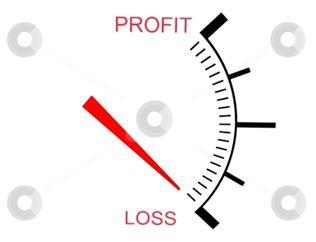 I’m often approached by people who claim to have invented the next big thing, and ask me how much it’s worth, or complain that they can’t find an investor who will fund it. The honest answer is that ideas and new technologies are worth nothing, outside the context of a specific entrepreneur and a specific business plan that meets a market need for a fair price.
I’m often approached by people who claim to have invented the next big thing, and ask me how much it’s worth, or complain that they can’t find an investor who will fund it. The honest answer is that ideas and new technologies are worth nothing, outside the context of a specific entrepreneur and a specific business plan that meets a market need for a fair price.
Invention is the process of creating a new technology. Business innovation is taking that technology and successfully bringing it to market in a way people want. There is a variation on an old quote that sums it up for me: "Invention is turning money into technology. Business innovation is turning technology into money."
A Techdirt article argues that if you look at the true history of major breakthroughs, you might conclude that the invention was the easy part – the hard part was the business side. In fact, if you look at all the "great inventors" championed by history, you'll realize that many weren't great inventors at all, but rather entrepreneurs, who later took credit as the inventors they never were.
Innovative technologies are essential to business progress. Yet, even in the best of times it is difficult for business innovators to get the kind of financial and people support they need to realize their technologies. Here are some tests every technology must pass before proceeding:
-
Can you build a winning team? What investors want is a proven entrepreneur, someone who can invent a product, find capital, and find a way of getting the product to market. It's better to have an average new product and a great team than the other way around. People are the most important element for success of a business.
-
Can it even be commercialized? First you need to be able to manufacture and distribute the product in volume. Then you have to worry about politics, government regulations, and infrastructure. Hydrogen is a great fuel for cars, but who builds the network of service stations, upgrades vehicle engines, and implements safety regulations?
-
Can you sell it for five times the cost? This multiple may seem high, but it’s the rule-of-thumb most large corporations use in early analysis for new products. R&D is expensive, “overhead” is high, and they have to cover the cost of the nine out of ten products that fail. Even a single-product startup better assume twice the cost if they want any profit.
-
Is it competitive to the current alternatives? New technologies are surfacing every day for alternative energy sources that will solve the global warming problem, but all are stymied by the low cost of energy from fossil fuels. Maybe your invention is “ahead of it’s time.” The pain level is not yet high enough for people to buy “green” at twice the cost.
-
What is your barrier to entry? File a provisional patent as a place holder, a full patent, trademark, copyright, or all of the above. Patents may slow down competition, but they are not a real barrier to entry. Speed to market is the best protection, and continual innovation. Don’t count on development being a “one-time” expense.
-
Is someone ahead of you? Don't be afraid to ask people in the field if they've ever heard of anything along the lines of your idea. Do a patent search, but that doesn’t cover patents in progress, or ones now being written (six month blind spot). Check published papers, scientific journals, and trade publications.
-
Are you sure you want to be first? Being the first with an revolutionary versus evolutionary idea, or a “disruptive technology,” is the riskiest domain, and investors try to avoid these. Everybody wants to be second. Being really first probably means you will have to go with your own money, or friends and family.

